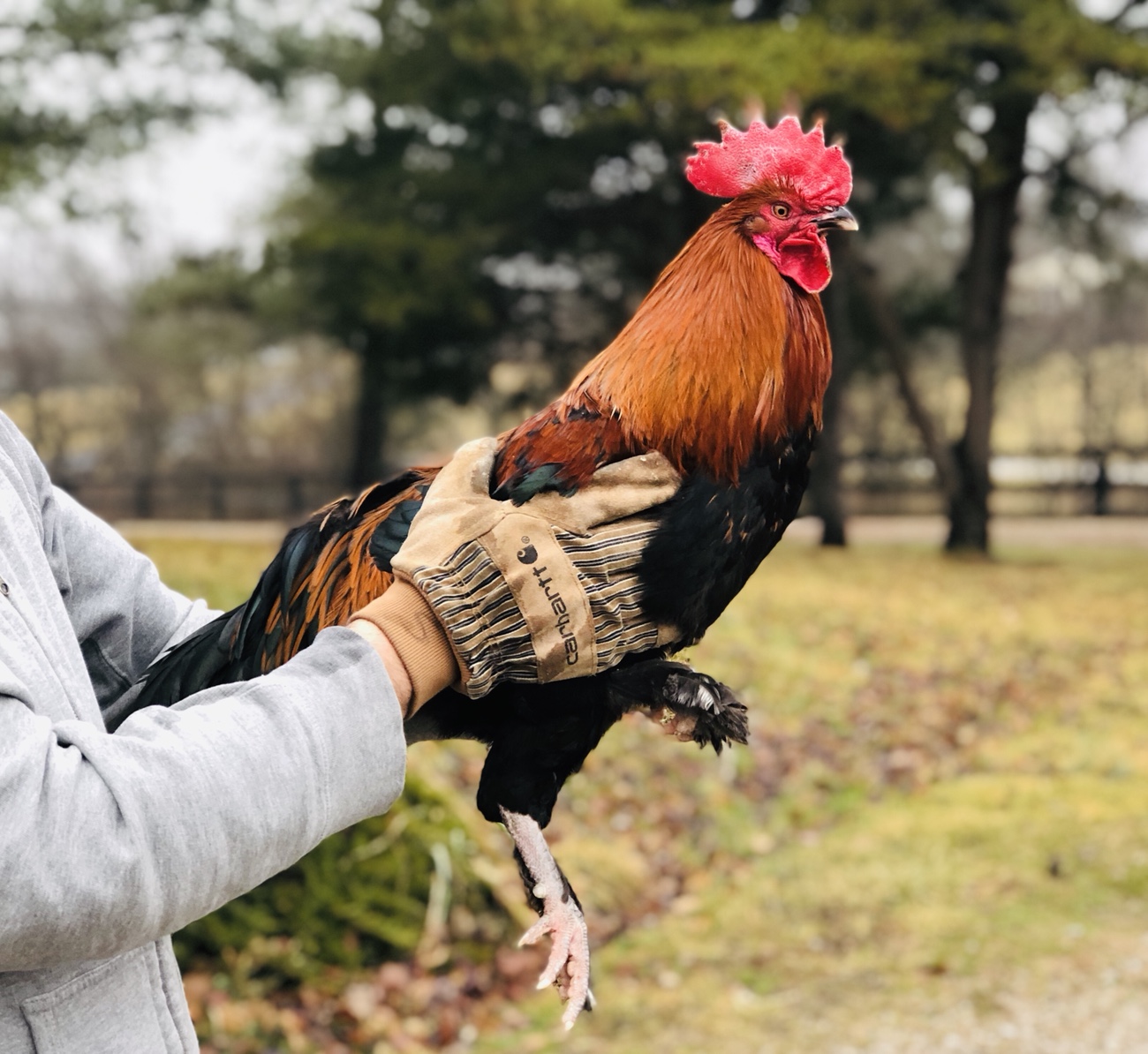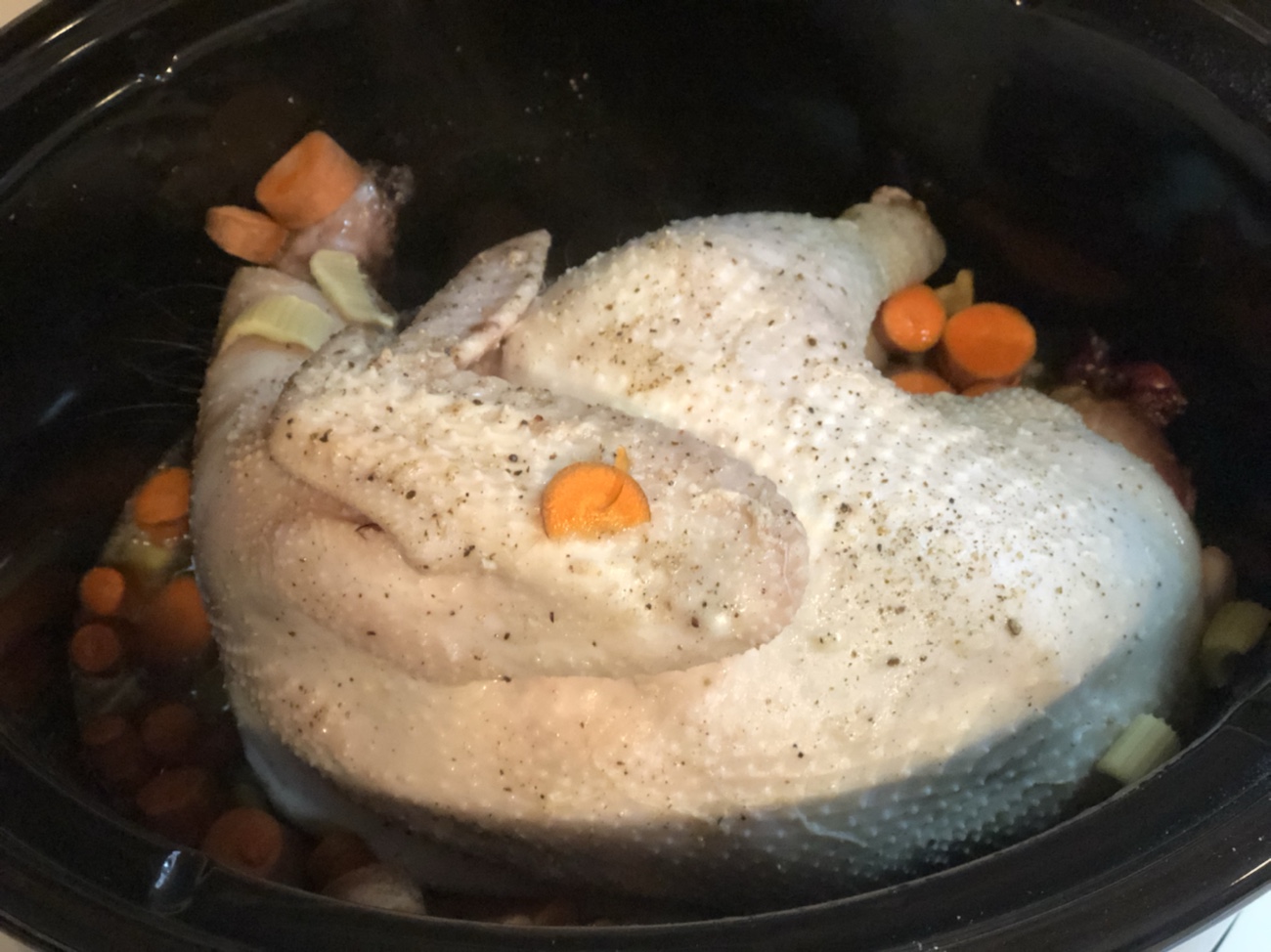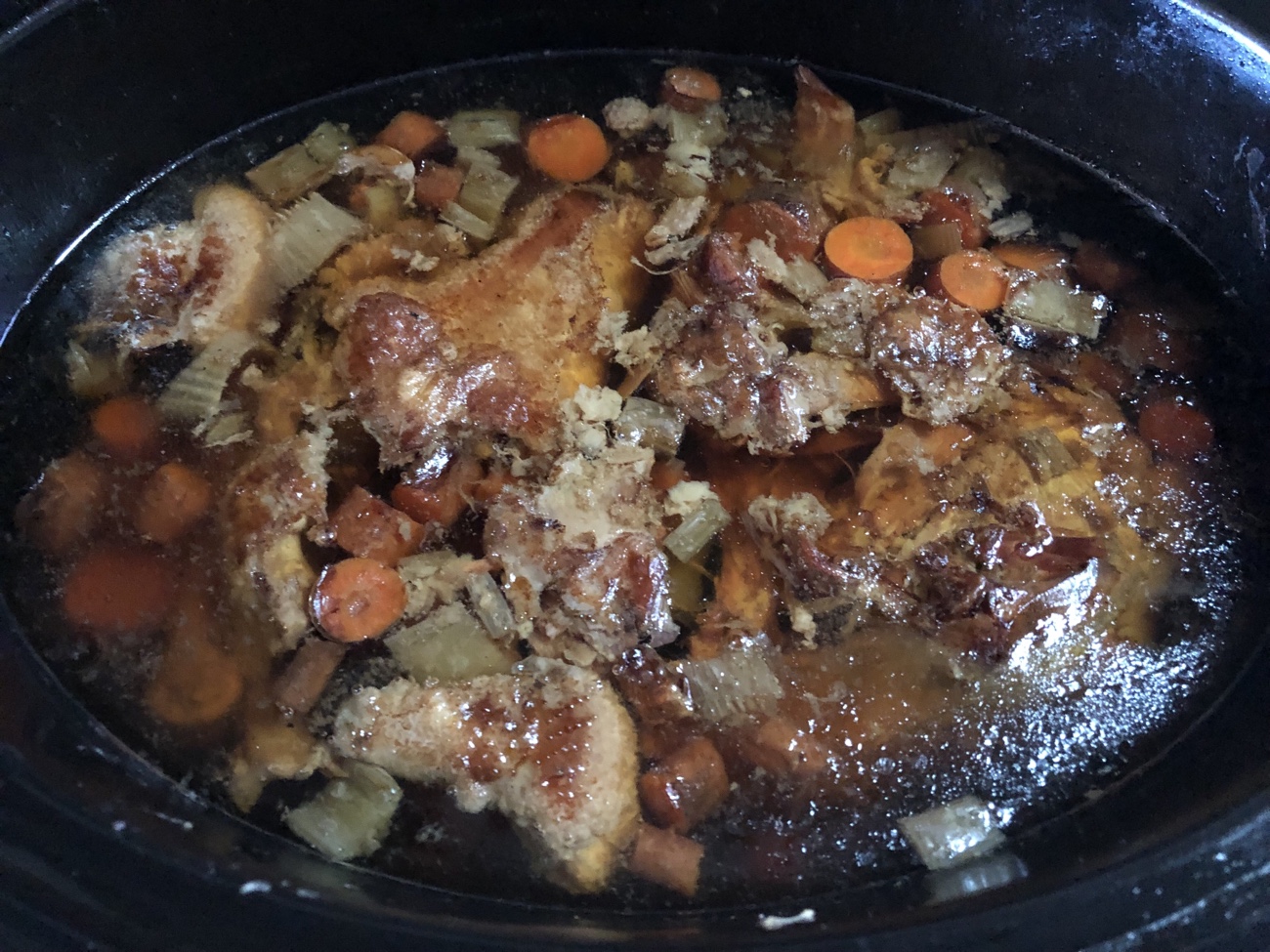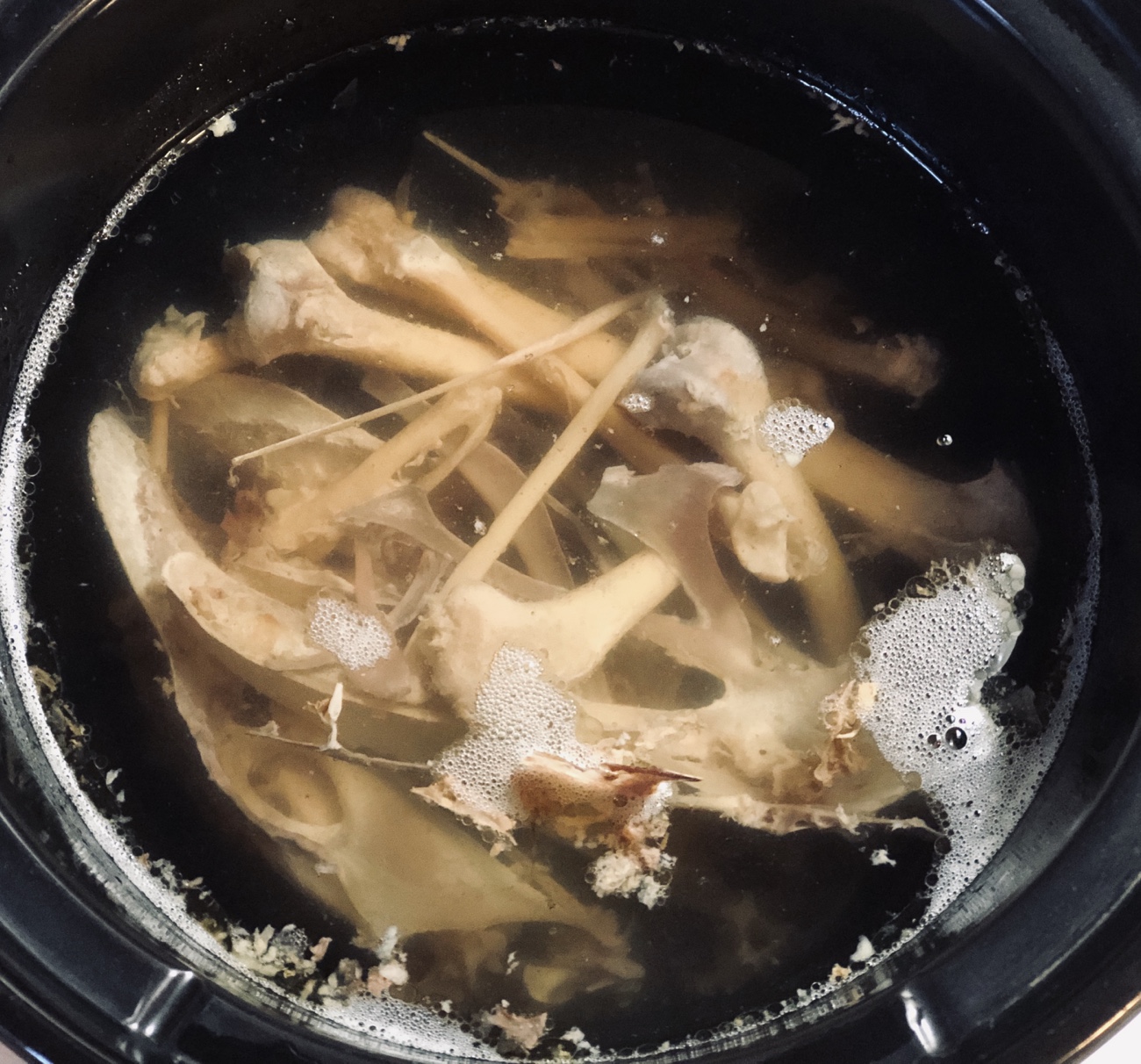
We value roosters here – as flock protectors (though effectiveness varies by rooster), fertilizers of eggs, and, when we have too many, food. We’ve found, over time, that even roosters that may initially seem mild-mannered can become real jerks and we don’t brook jerks on the farm. They go to “freezer camp”.
Sure, going to freezer camp is just a euphemism for processing a rooster. Roosters are equipped with sharp beaks, strong wings, impressive claws, and, often, spurs. They can inflict injuries, including serious ones (like eye injuries). I’ve personally been both pecked and scratched by roosters, and know it will likely happen again.
As I learned more about raising chickens, I tried different methods to try to “tame” an aggressive rooster. To date, none have worked in the long term; it’s almost as if, once that line is crossed, rehabilitation is aspirational. If you have a rooster that’s acted up and you’ve been able to correct his bad behavior, bravo – I just haven’t had any respond that way.
There’s always a twinge of sadness when it’s time to put down a beautiful bird. I wish each could have his own flock and live out his life, but we cull roosters like this because bad behavior escalates, will interfere with daily farm activities like egg collection (imagine that rooster sneaking up on you when your back’s turned and then jumping at you), and it’s a trait I wouldn’t want passed onto his progeny.
A quick dispatch, and a few minutes later, the bird is dunked into a large pot of hot water to help the feathers come out more easily. It takes a while to properly pluck a chicken – there are many tiny feathers even after the larger ones are removed – but it’s worth the effort to preserve the skin.

Once plucked, evisceration follows, and we save as many organs as possible for ourselves (I’m a gizzard fan) and the dogs. Feet are also saved for broth. I haven’t saved heads in the past, but did this time so that I can add it to future broth for the girls.
Dual-purpose birds like this one, a French Black Copper Marans, dress out much smaller than meat hybrids like the Cornish Cross. Their breasts are comparatively small, but they have large legs.

After slow cooking, the meat’s picked off the bones, and the mix of dark and light meat is used together in multiple dishes. Bones go back into the pot for slow cooking into nourishing broth.

I’m planning to use every bit of the bird by making bone meal, too, for fertilizer (it’s a good source of phosphorus) and to add to our dogs’ food.

While this post may contain elements of humor, I have nothing but respect for our livestock, including those that we ultimately process. We will savor the incredibly flavorful sustenance this rooster will provide to us, and we’ll know that while he could be called “mean”, he was just expressing his rooster nature (and once you’ve dressed out a rooster, you’ll know what I mean).
He also lived his life on a small farm where he was well fed (fermented feed plus extras like BOSS and fermented fruit); could scratch for bugs and sunbathe; had plenty of room to move around; could feel breezes, sunshine, and grass under his feet; and had just one “bad moment” that came as a surprise. No needless suffering: no anticipating slaughter crammed into a cage, no smelling blood or hearing other stressed animals, no dispatching “mistakes”. As with other important activities in life, this should be done right – not just done.
If you eat meat, the animal from which it came should be raised like he was…not factory-farmed meat from companies whose business models are dependent on the suffering of animals that are deprived of any semblance of “natural” lives. If you care about animals, show it by choosing ethical meat.
Want to hear about a great rooster (and his guinea buddy)? Stay tuned for the post!
